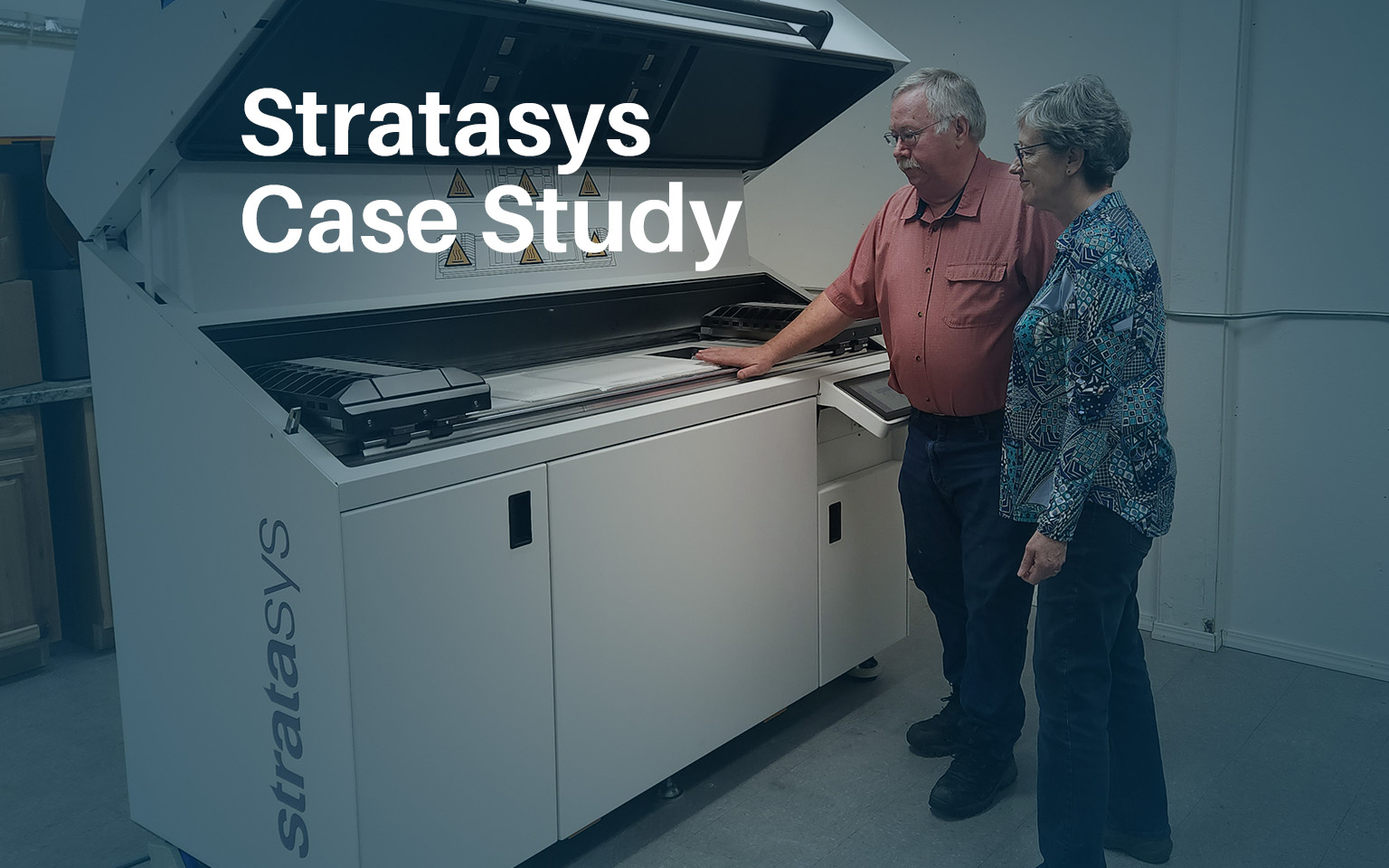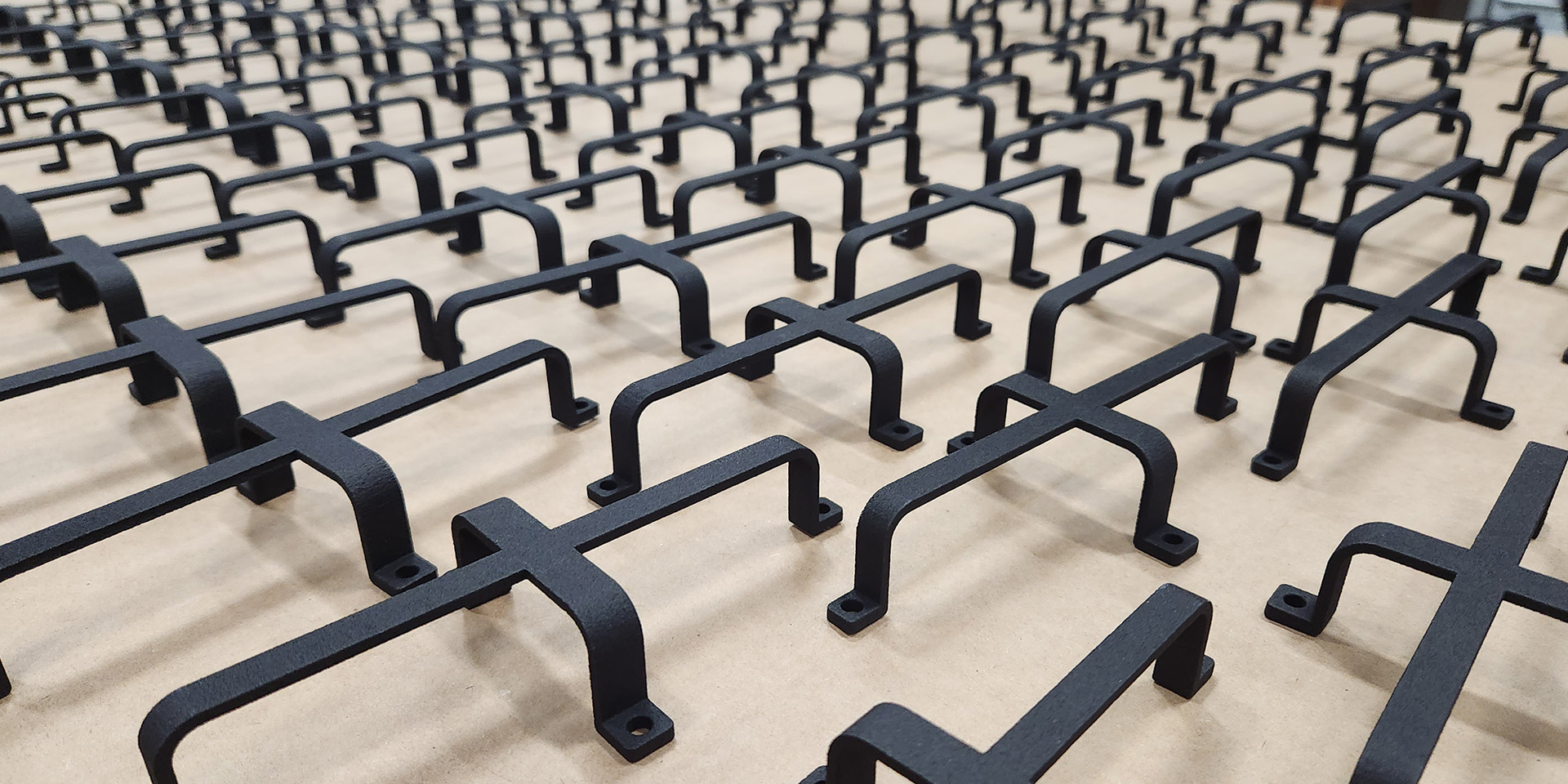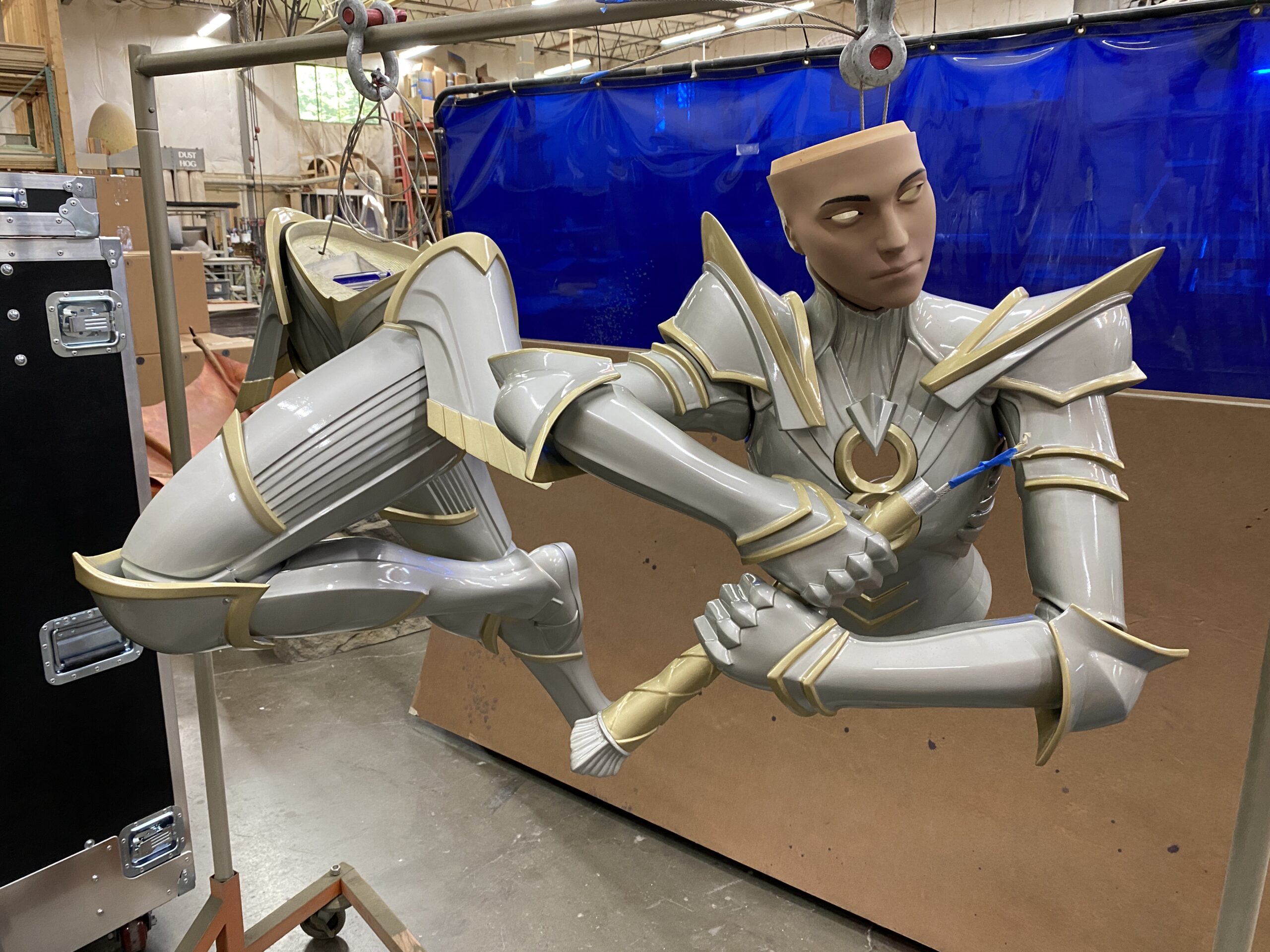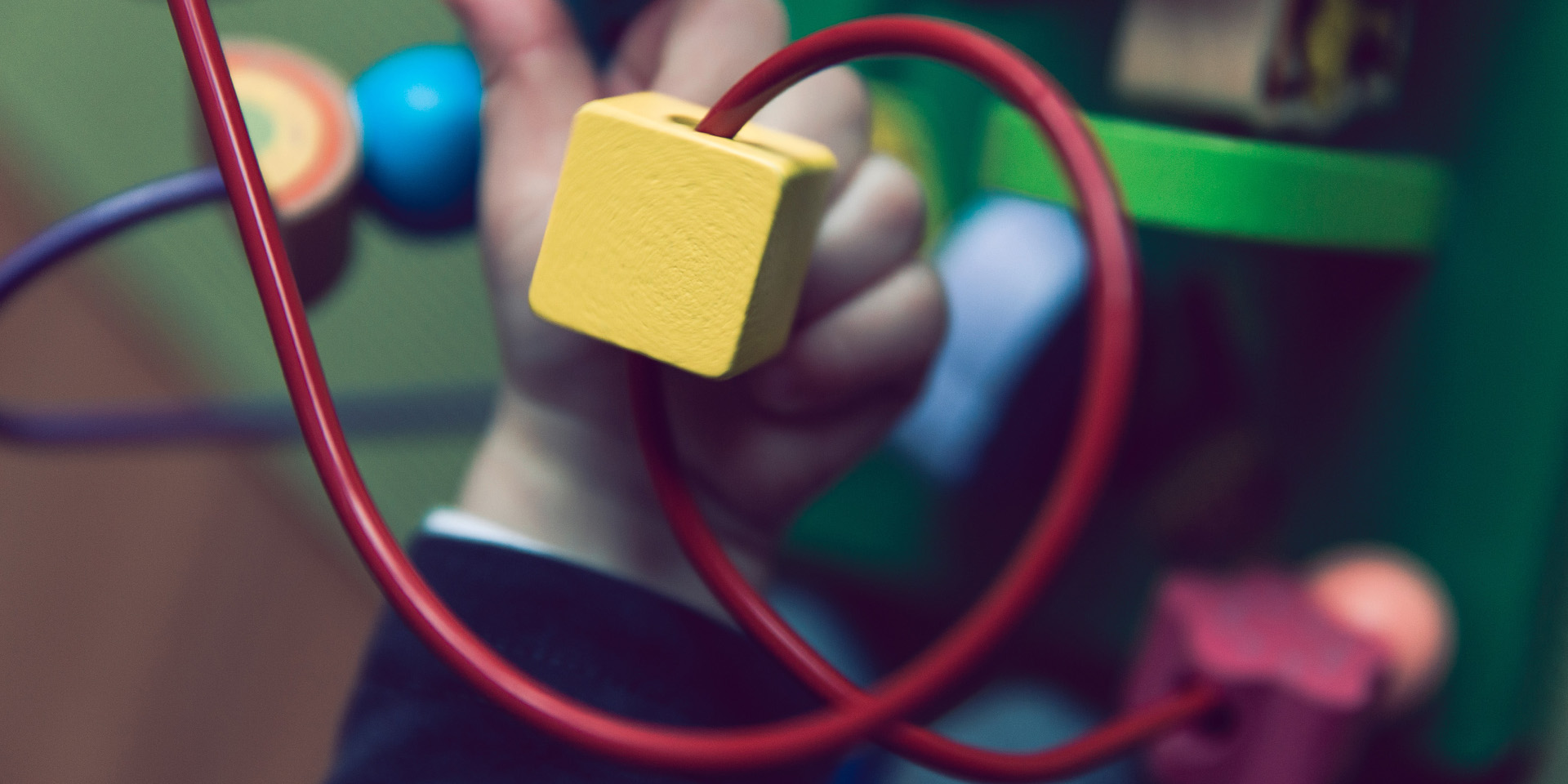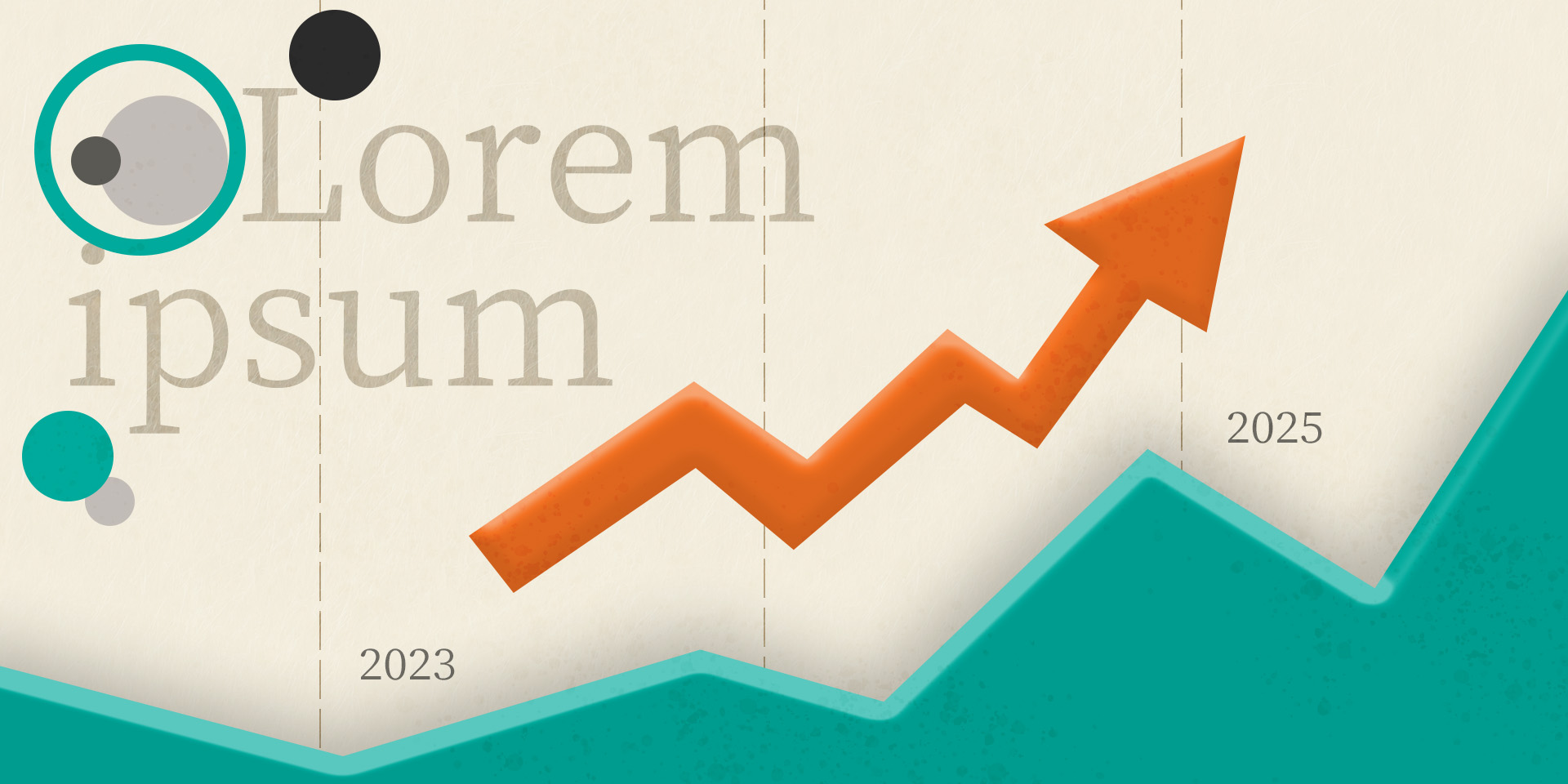Our friends at Stratasys released a case study about our experience with…
SAF for Injection Molding & Thermoforming
Injection molding and vacuum thermoforming are longstanding techniques used to manufacture parts…
Dillon Works Elspeth Display Piece
We got to take part in an amazing project by Dillon Works…
AI for 3D Printing
Artificial Intelligence works as a way for computerized systems to quickly retrieve…
Market Trends in 3D Printing and Opportunities for Your Business
Market research has shown that 3D printing is expected to have a…

